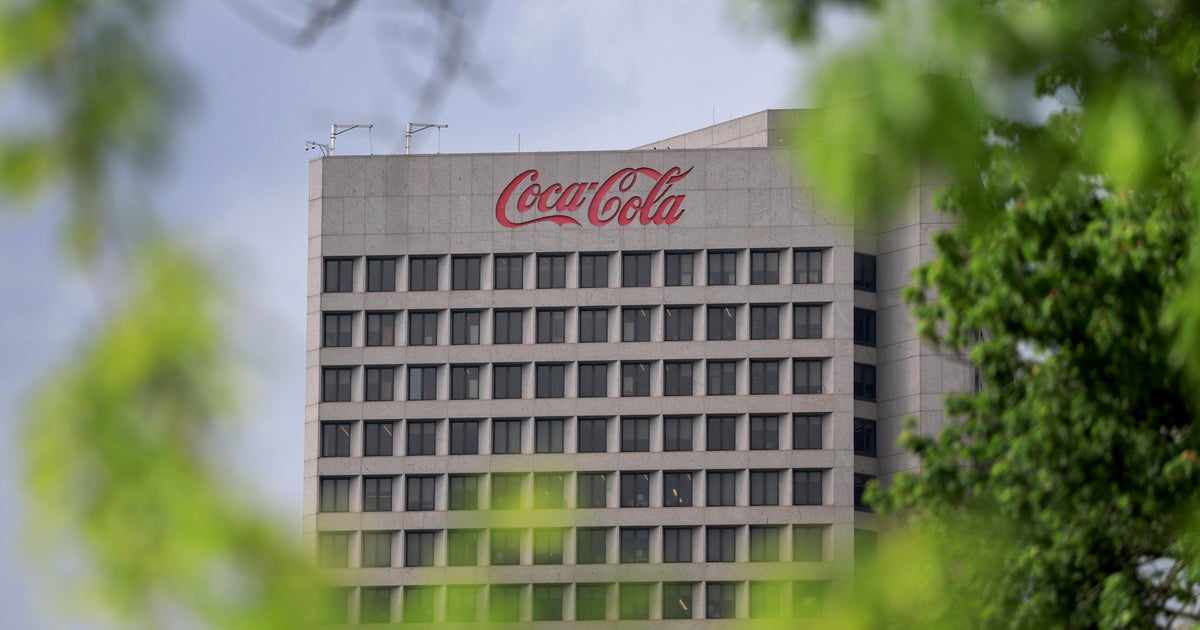Most Americans are hourly workers
Whether by choice or necessity, millions of Americans punch a clock every day. According to the latest Labor Department data, more than 78 million Americans -- or nearly 59 percent of the U.S. workforce -- are now paid on an hourly basis.
While hourly jobs tend to pay less and offer fewer benefits than salaried positions, some of them, not surprisingly, are better than others in terms of issues that resonate with workers -- from hiring speed to pay to career advancement opportunities.
Restaurants, for instance, tend to hire faster than retailers, according to a new study on America’s hourly workforce by LinkedIn and Snagajob, a job board for hourly workers. On average, restaurants take 27 days to hire a new employee, versus 33 days for retailers. A few days can make a critical difference for many job seekers, particularly those living paycheck to paycheck.
“For many hourly workers, getting a job quickly is the difference between being able to pay the bills or not,” noted the study, whose findings are based on an analysis of the job sites’ 203 million combined active users in the U.S.
The study found that hourly workers tend to be young, which isn’t surprising given that these jobs are something of a rite of passage for many high school and college students and recent graduates. More than 70 percent of hourly workers are under 30 years old, according to the report.
Yet plenty of older workers hold hourly jobs, and many of them have more than a high school education. An estimated 8 percent of hourly workers are in their 40s, and another 8 percent are in their 50s and 60s. Nearly half of hourly workers over the age of 30 have some post-secondary education. In fact,15 percent have bachelor’s and master’s degrees.
Older workers may come to represent an even greater share of the hourly workforce given America’s current retirement savings crisis. If current trends continue, some experts estimate that the number of poor and near-poor retirees will nearly triple to 25 million by 2050.
So which hourly jobs pay the most? According to LinkedIn salary data, caterers, whose median wage is $15 per hour, top the list of highest-paying hourly jobs. Here are some of the other best-paying hourly jobs (ranked by median wage):
Line cooks, cooks and bakers -- $13 per hour
Head cashiers -- $12
Retail sales associates -- $11.70
Hostesses -- $10.50
Baristas and cashiers -- $10.20
Landing a job is one thing, sticking around is another. It’s no secret that many businesses with large numbers of hourly workers have notoriously high rates of turnover. The length of time employees stay in their jobs is often an indication of how engaged they are -- in other words, how much they care about their jobs and put effort into their work, according to the study.
Based on employee retention, the study found that telecommunications firms, casual-dining restaurants and grocery stores have the highest levels of worker engagement among firms with large numbers of hourly staff. Sporting goods retailers, liquor stores and bars and fast-food restaurants have the lowest levels. Wage differences likely had some impact on the findings, but the study didn’t take them into account in its analysis.
Sporting-goods retailers and fast-food chains “may have younger workers who aren’t necessarily interested in long-term gigs,” explained Guy Berger, LinkedIn’s chief economist.
But telecom firms, grocers and casual restaurants with lower employee turnover “may have older workers, or place a premium on experience and knowledge. So they probably try harder to keep the workers they have,” he added.
While most jobs in the retail and restaurant industries are entry-level, if you’re looking to advance to management, restaurants may be a better bet. The study found that this industry has a greater percentage of managerial roles than the retail sector, in part because most restaurants are small businesses with less than 50 employees.
“Lots of small shops means less middle management and, thus, a greater proportion of opportunities at the top,” according to the study.
While most managerial positions require specialized skills, the study found that talent acquisition and management skills -- such as recruiting, hiring and staff development -- are highly valued across industries with large numbers of hourly workers. Acquiring such skills can make a lot of sense at time when a growing number of workers, especially those who do routine physical tasks, are in danger of being replaced by robots.
“No matter how automated the restaurant and retail industries get, there will always be roles that require a human touch,” such as quality reviewers and talent acquisition and management teams, said Peter Harrison, chief executive officer of Snagajob.
If you’re hoping to move into management relatively quickly, certain types of employers have a better track record than others when it comes to promotion speed. Hourly workers at liquor stores and bars and crafts and furniture stores tend to get promoted to managerial positions relatively quickly, usually within two years, according to the report.
Interestingly, telecoms and casual-dining restaurants -- both of which ranked relativley high in employee engagement -- have the slowest promotion speeds among businesses with large number of hourly workers.
“The time that it takes to get a promotion matters,” the study said. “A promotion boosts pay, but it also provides more responsibility and training, which can lead to future promotions.”





